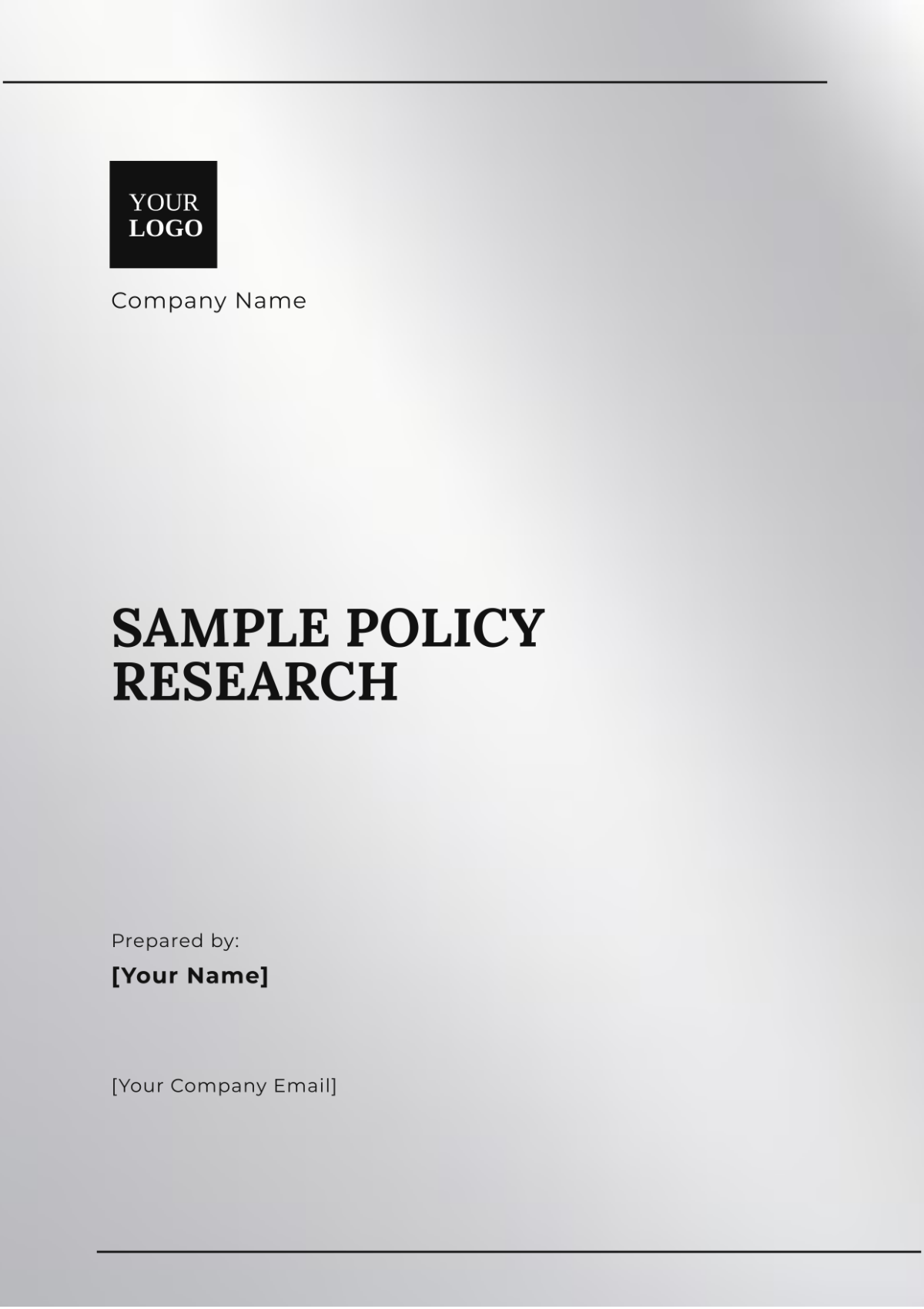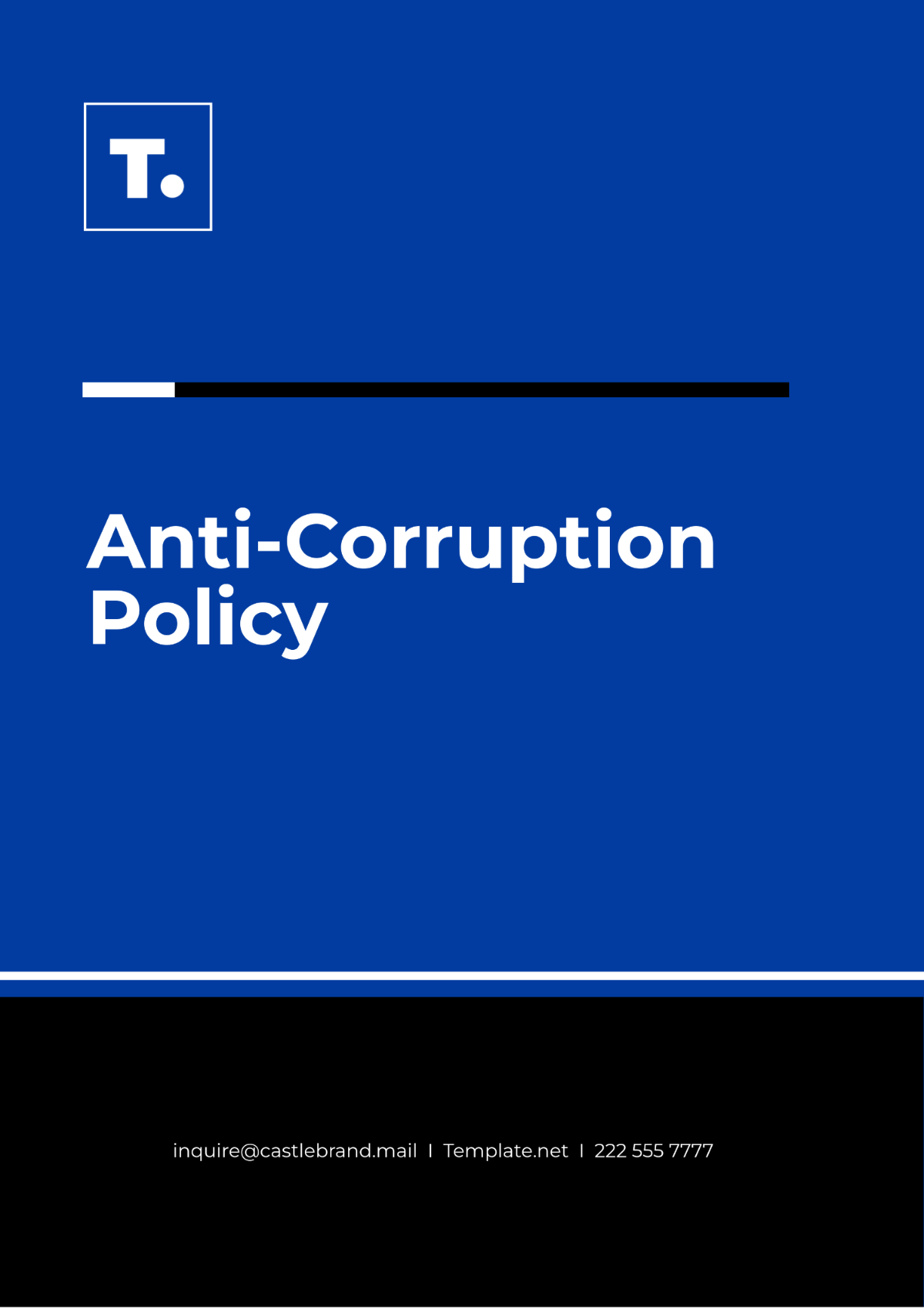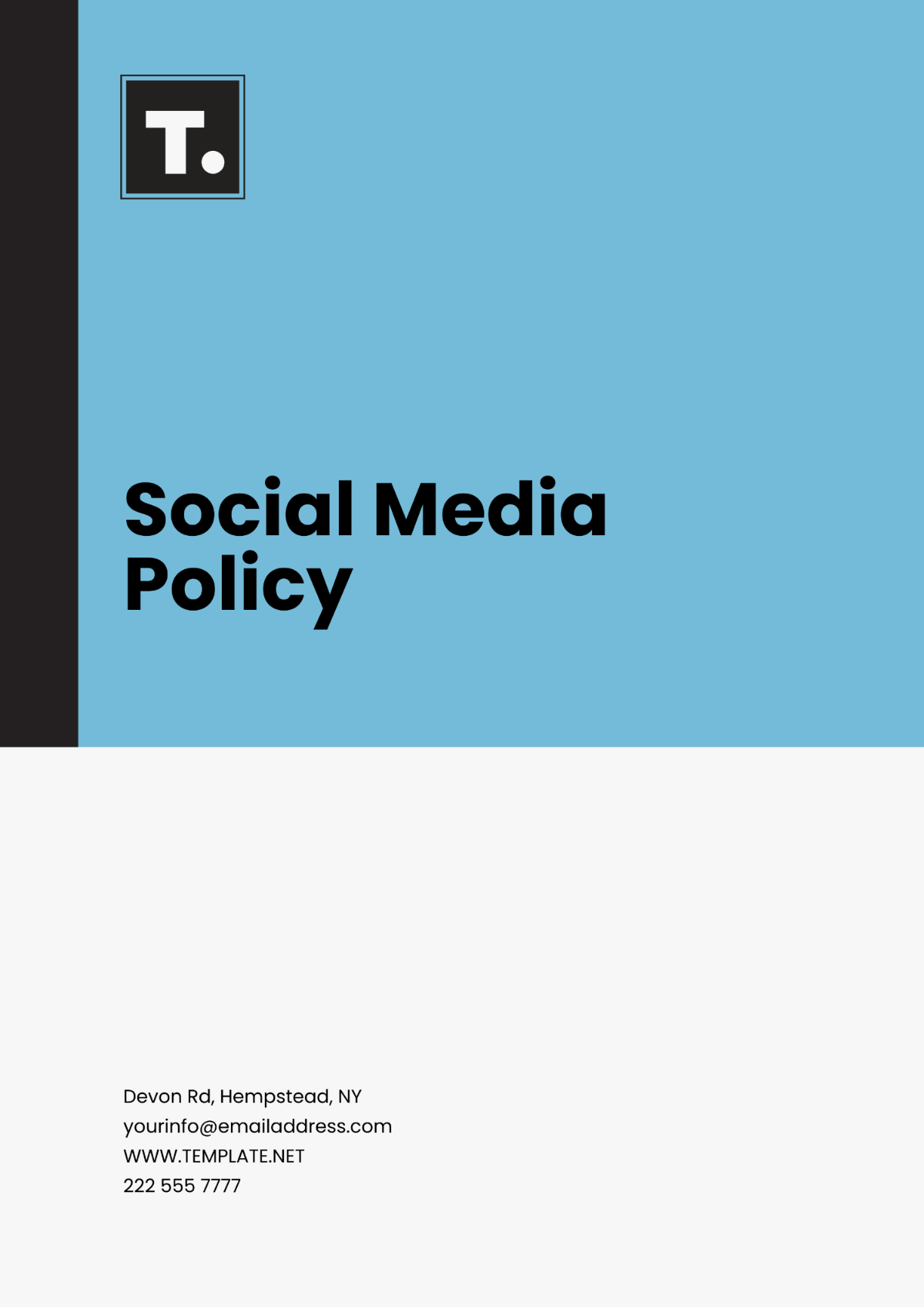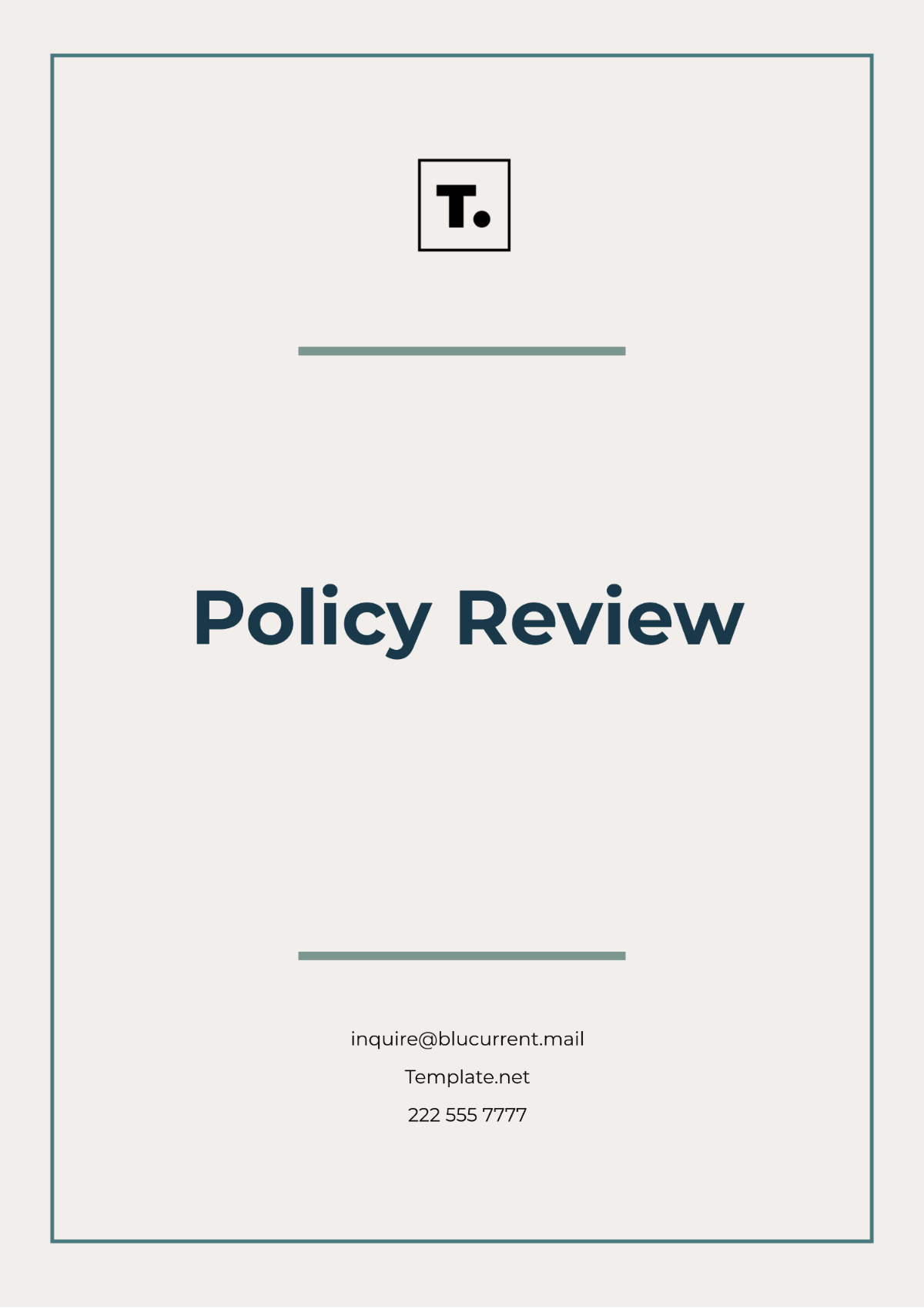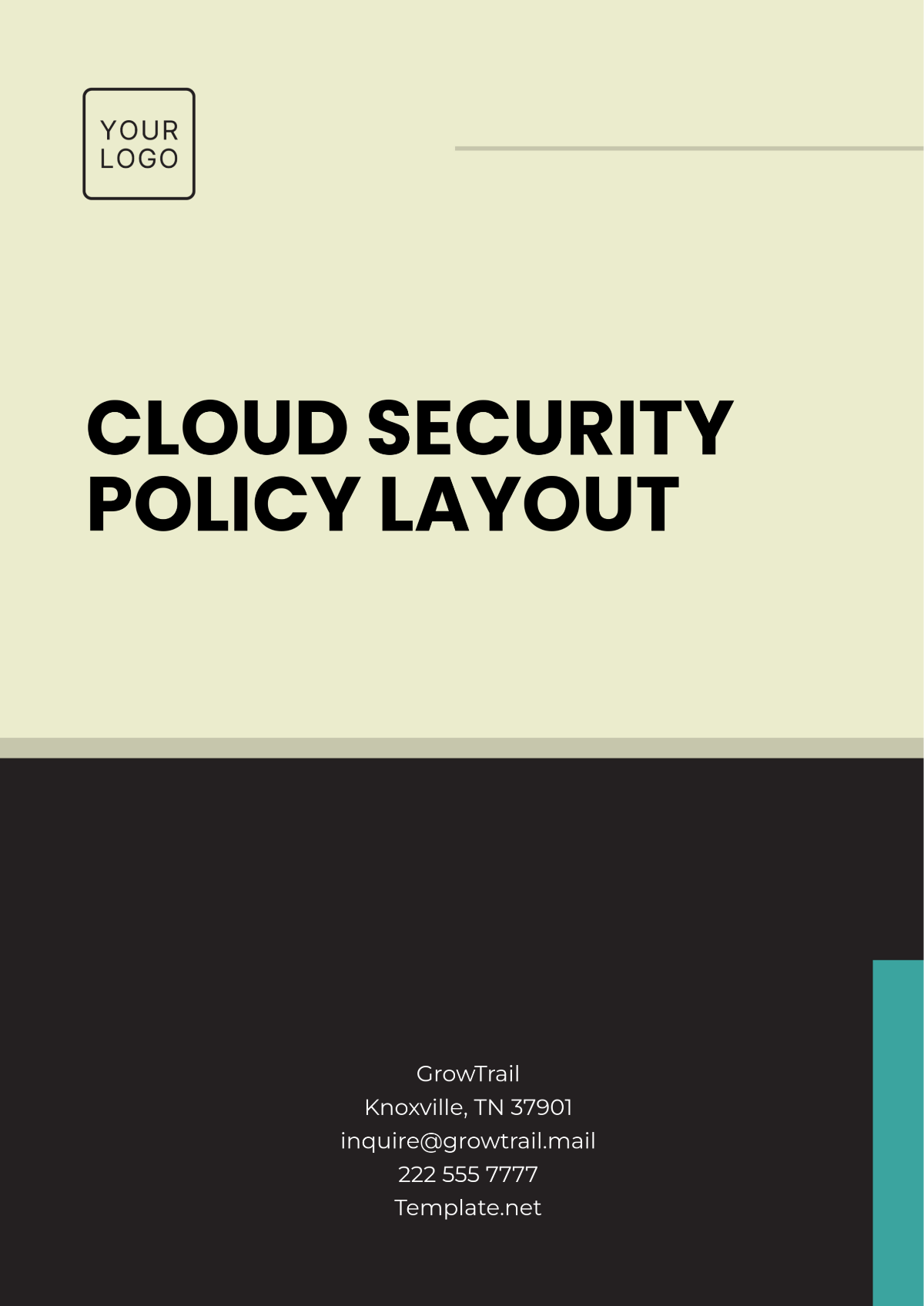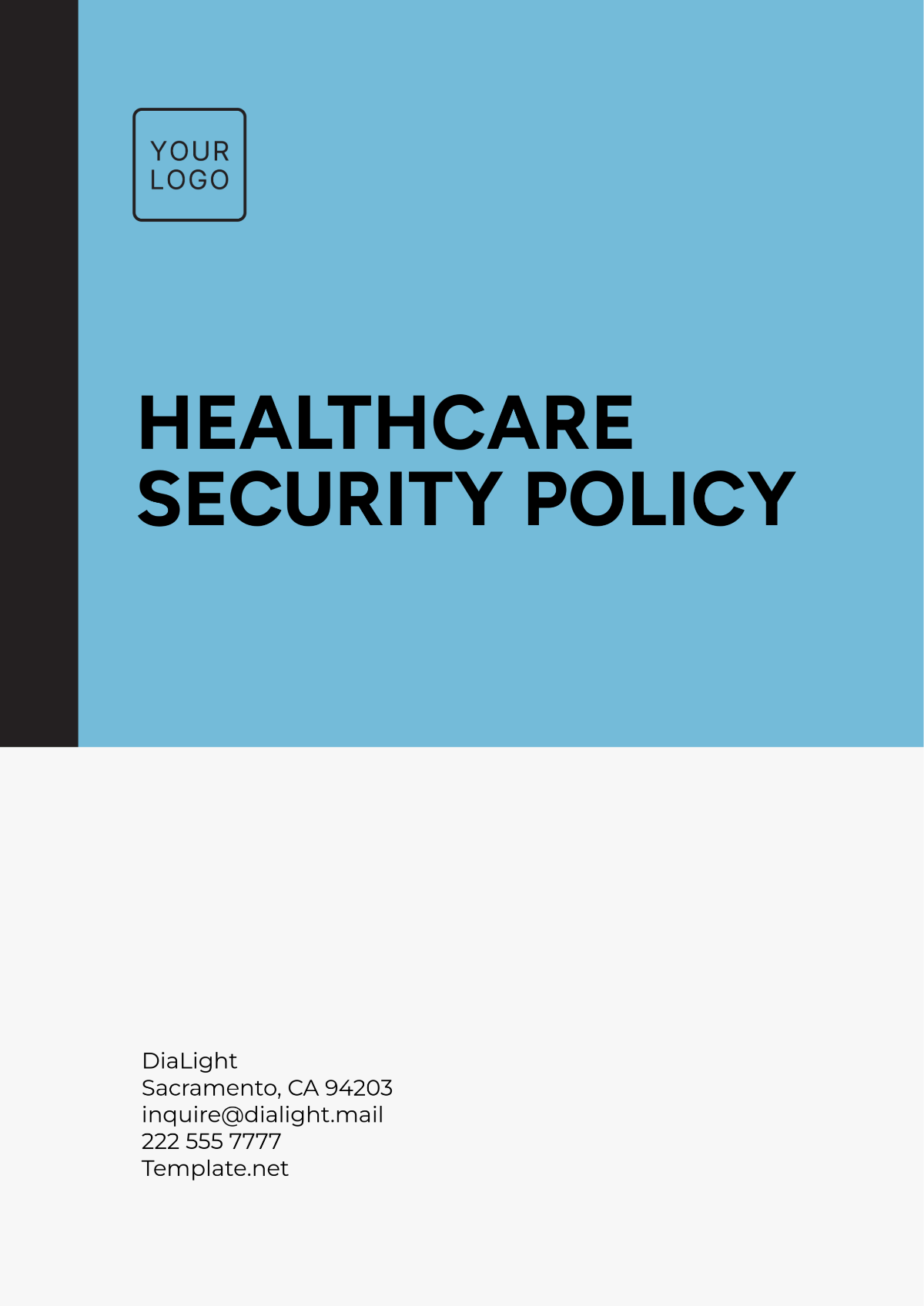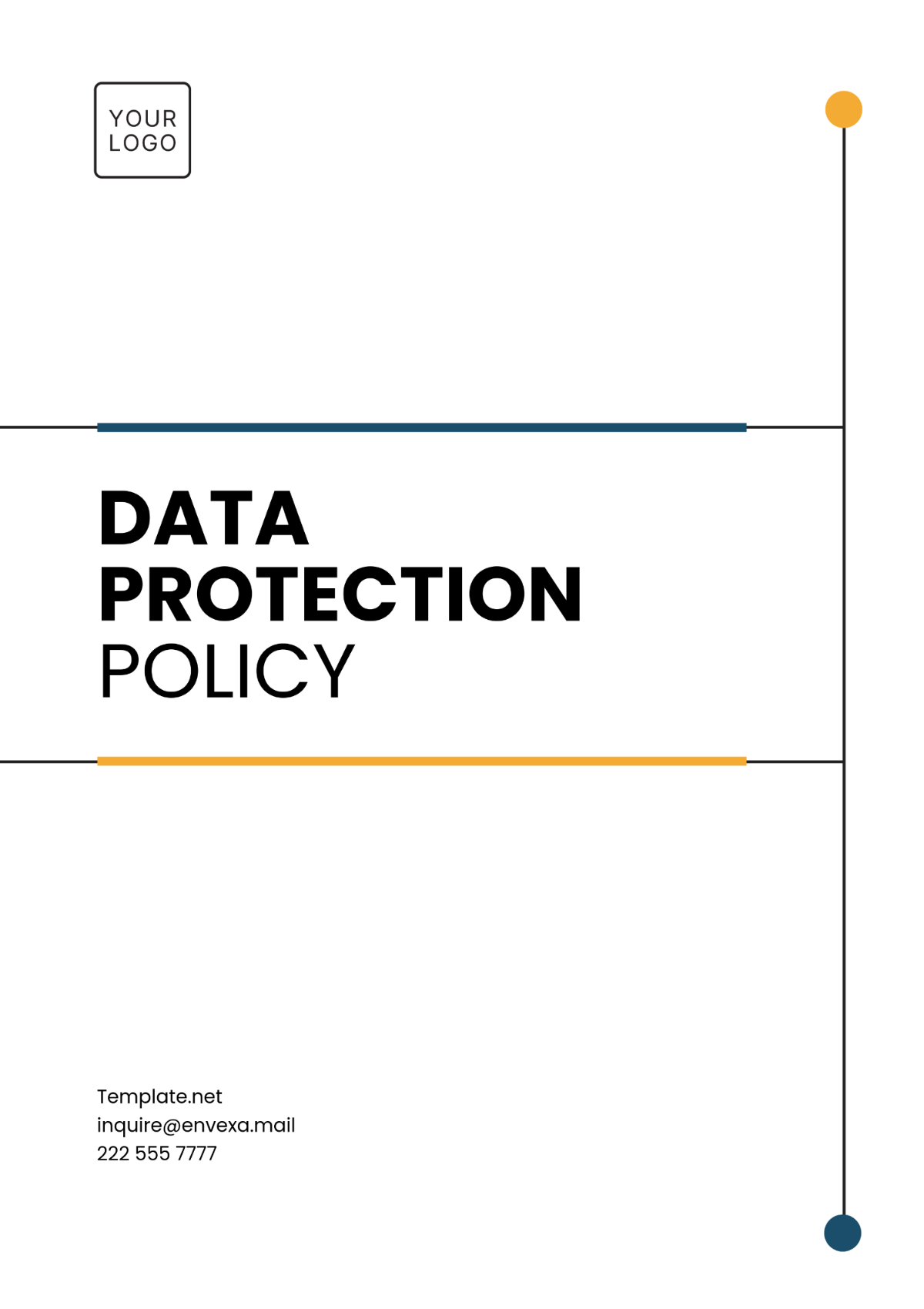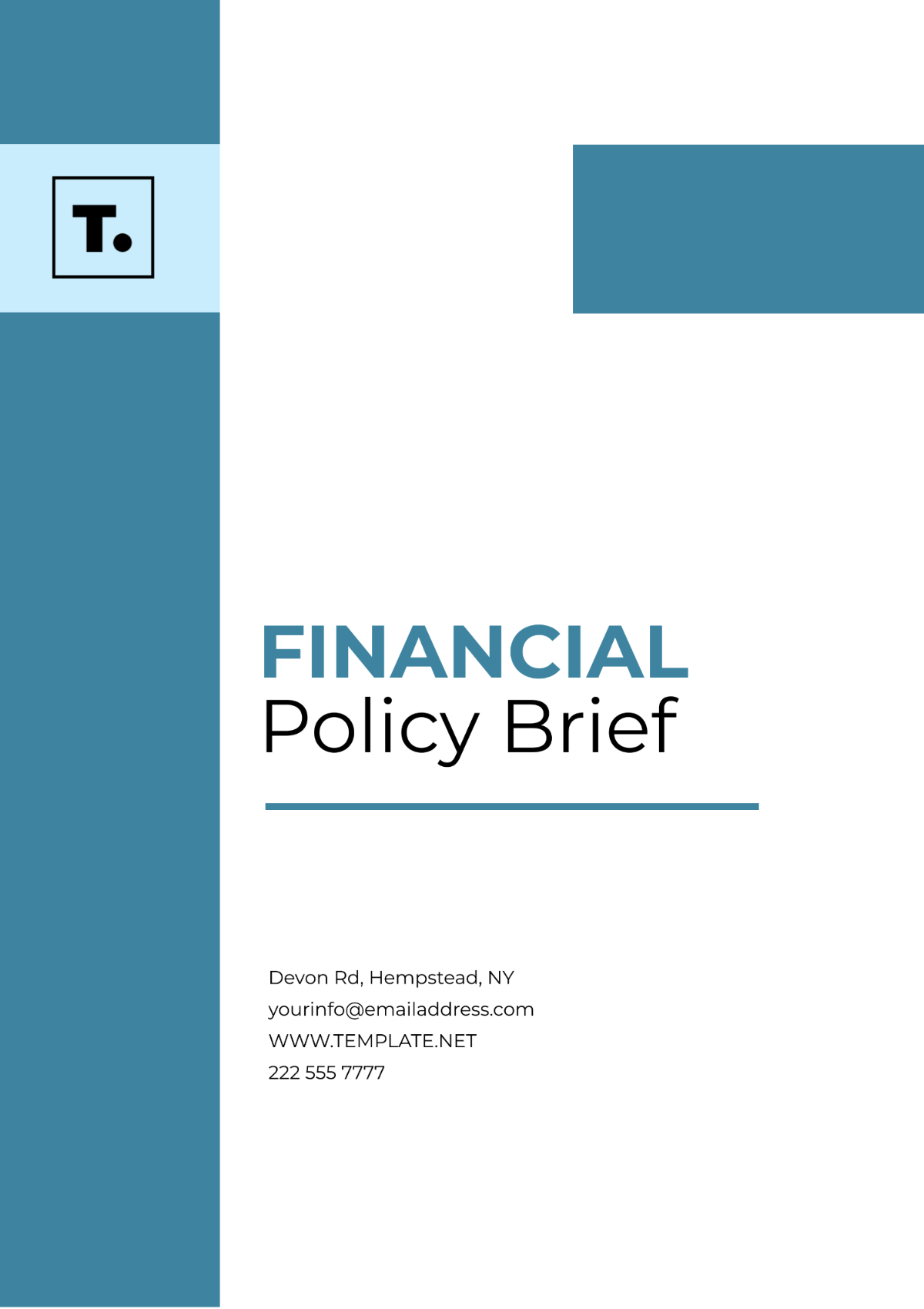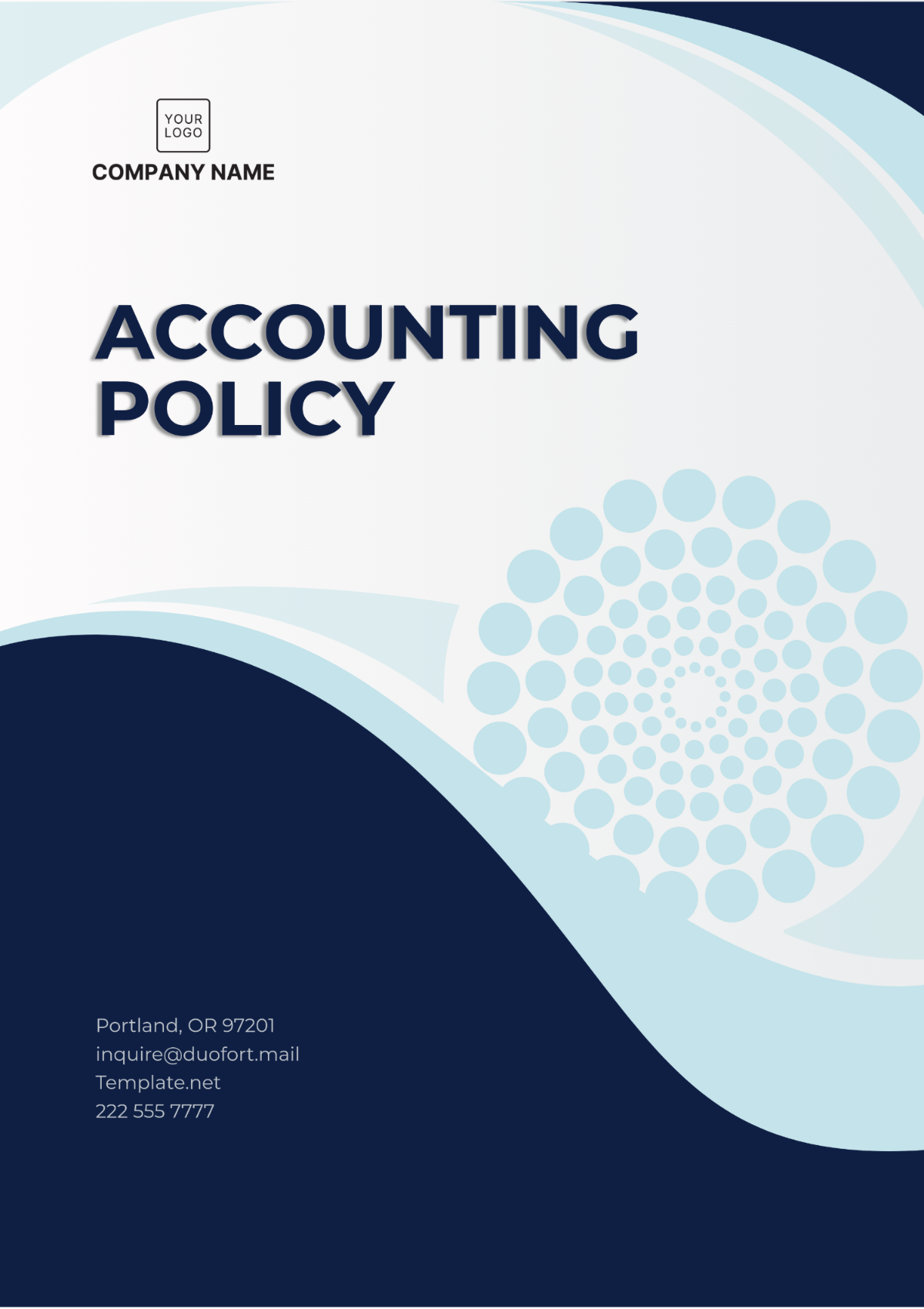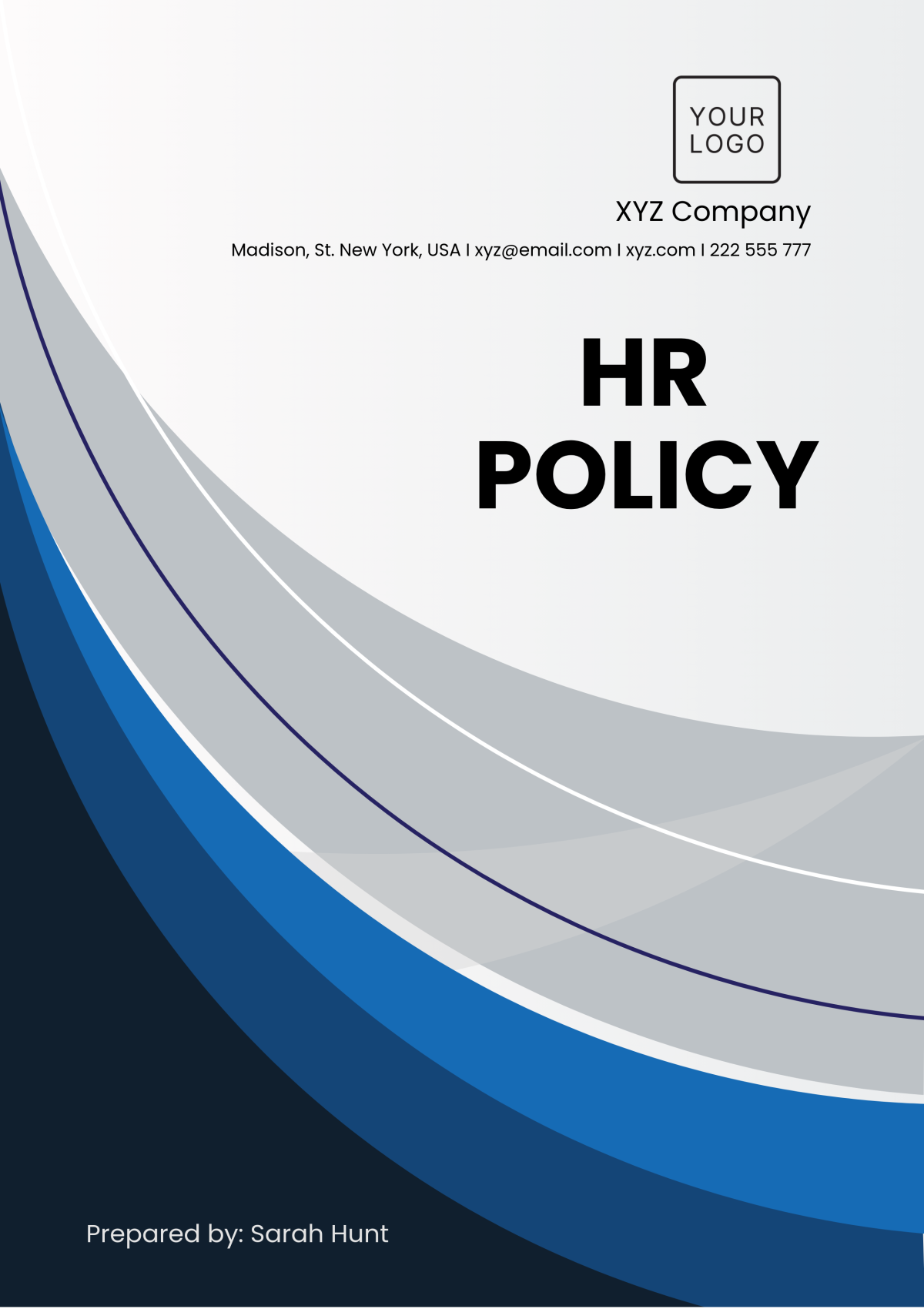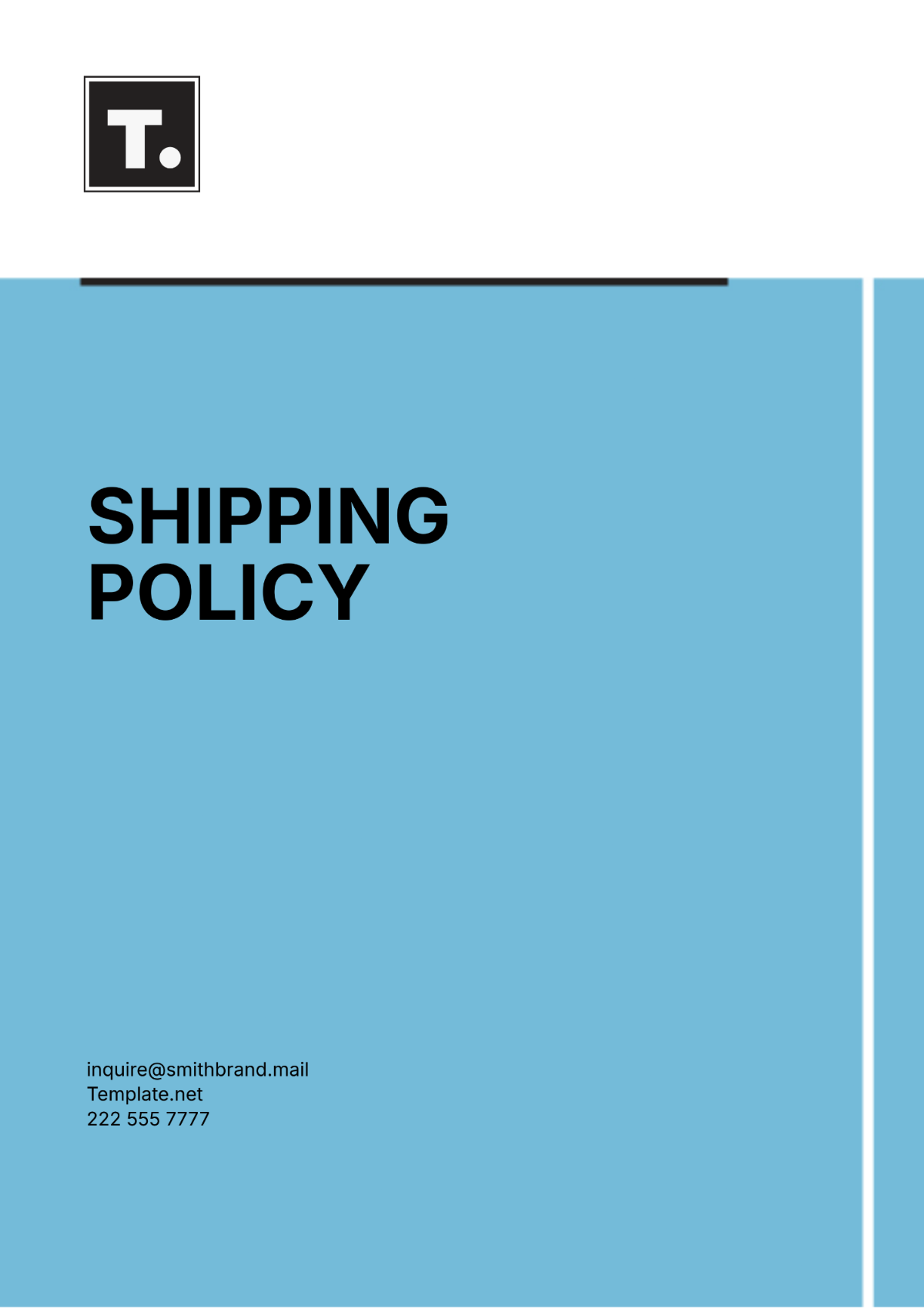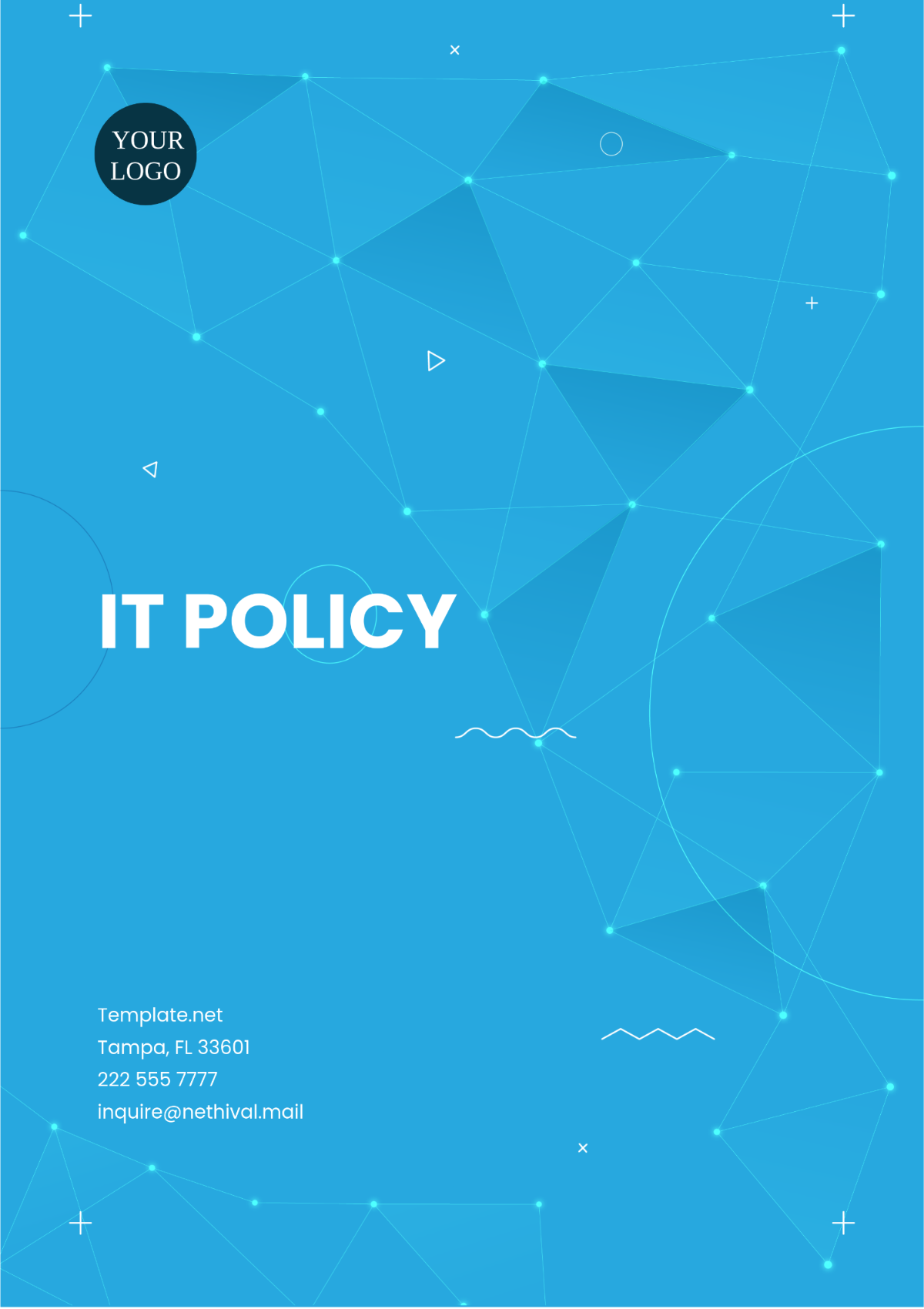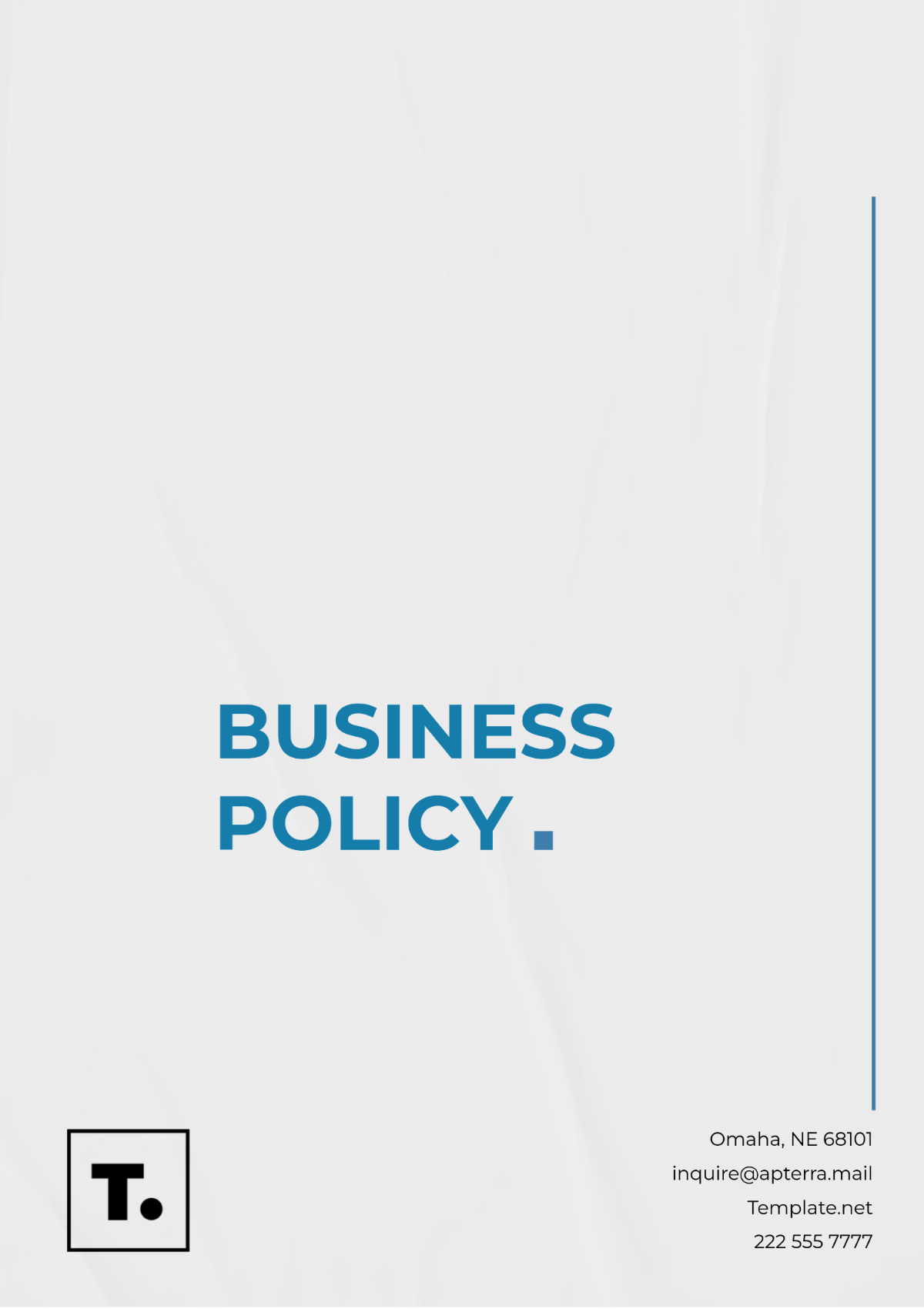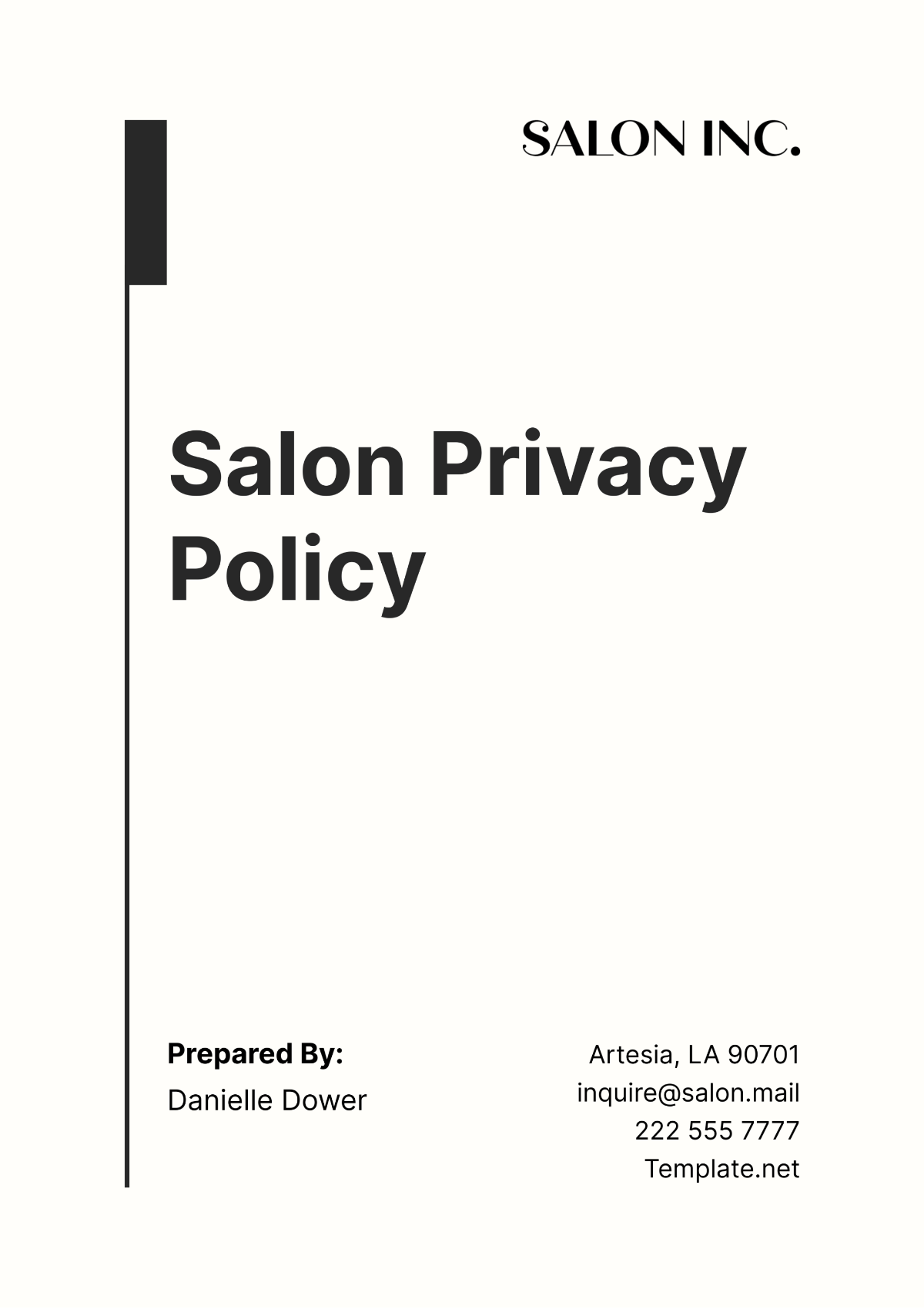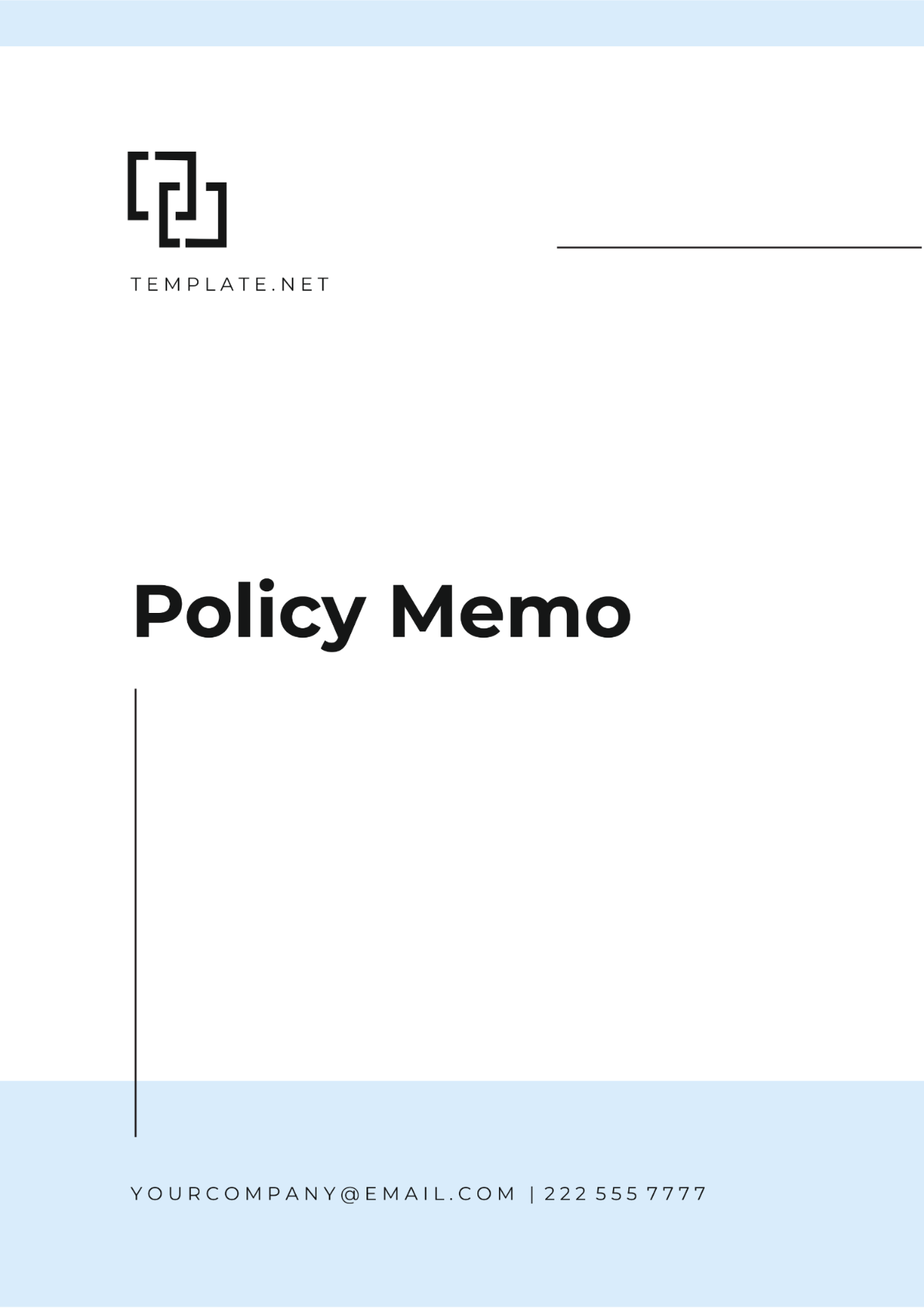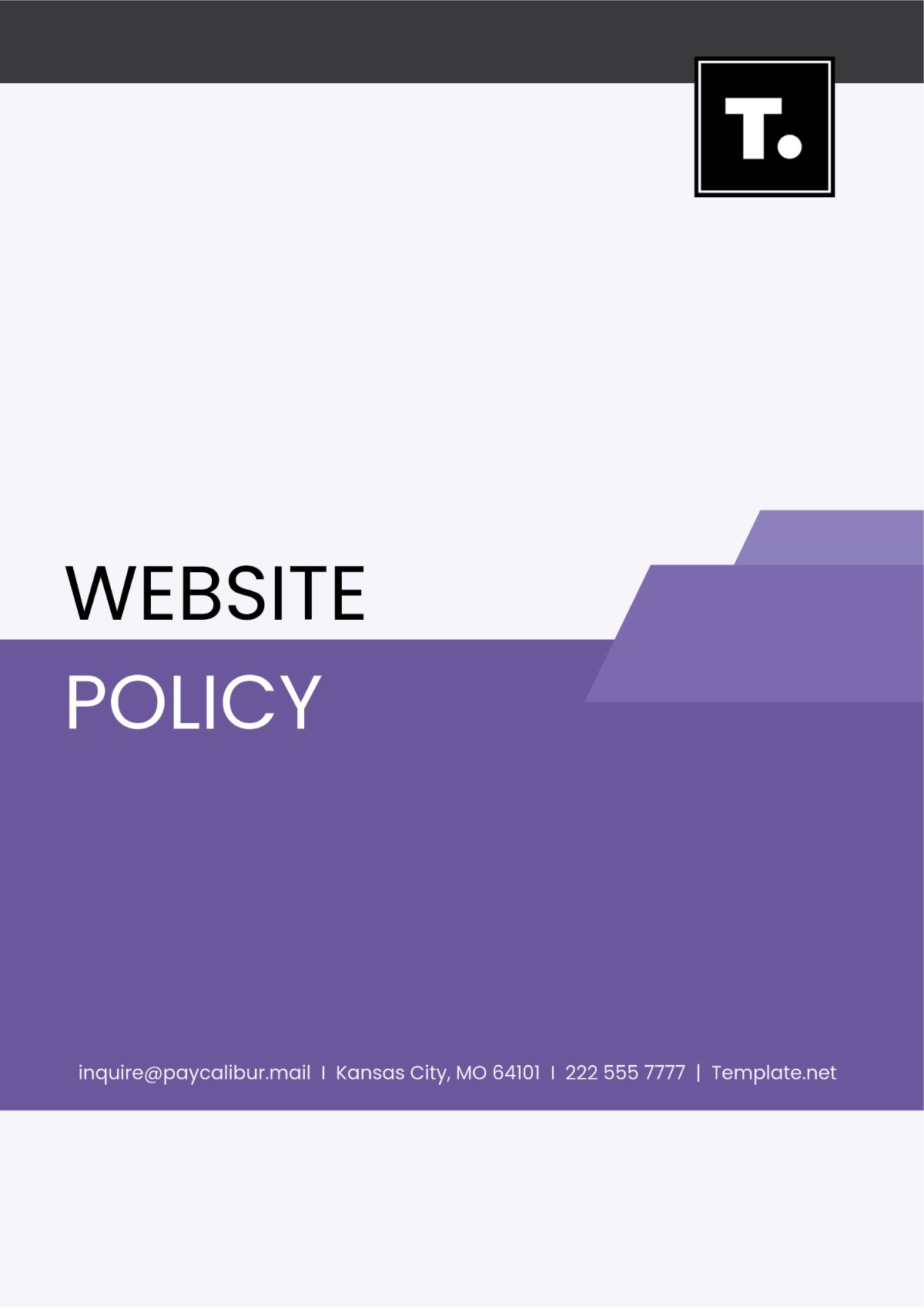Free Policy Research Methodology

- 100% Customizable, free editor
- Access 1 Million+ Templates, photo’s & graphics
- Download or share as a template
- Click and replace photos, graphics, text, backgrounds
- Resize, crop, AI write & more
- Access advanced editor
Enhance the effectiveness of your policy research with our Policy Research Methodology Template from Template.net. This editable and customizable template provides a clear framework for conducting thorough policy analysis. Whether you're assessing the impact of existing policies or formulating new ones, this template is easily editable in our AI Editor Tool, allowing you to adapt it to your specific research focus.
You may also like
- HR Policy
- Restaurant Policy
- Company Policy
- Accounting Policies and Procedures
- Website Policy
- Privacy Policy
- Safety Policy
- School Policy
- IT and Software Policy
- Law Firm Policy
- Construction Policy
- Interior Design Policy
- Travel Agency Policy
- Education Academic Policy
- Security Policy
- Real Estate Policy
- Expense Policy
- Software Policy
Policy Research Methodology
I. Introduction
This detailed Policy Research Methodology outlines a strategic approach to thoroughly assess the proposed urban transportation policy, which aims to reduce traffic congestion, improve air quality, and enhance public transportation efficiency. The evaluation will be multifaceted, incorporating quantitative data analysis to provide measurable insights and qualitative feedback from various stakeholders to capture their perspectives and experiences. This blend of research methods will ensure a comprehensive and nuanced understanding of the policy's effectiveness.
II. Literature Review
Previous Research: Analysis of studies such as "Integrating Public Transportation with Traffic Management" (Journal of Urban Planning, 2052) found a 15% reduction in congestion in cities with similar policies.
Theoretical Frameworks: Application of Systems Theory, which examines the interdependencies within urban transportation networks, and Public Policy Evaluation Models, like the Logic Model, which helps in assessing program inputs, activities, outputs, and outcomes.
Gaps Identified: Previous studies have shown mixed results on environmental benefits, with some cities experiencing up to a 20% reduction in emissions and others less, indicating a need for context-specific analysis.
III. Research Design
The research design outlines the methodological approach taken in this study, including the selection of qualitative and quantitative methods.
A. Quantitative Methods
Surveys: Conduct online surveys targeting 500 residents and 100 public transportation users to gauge perceptions of policy effectiveness.
Traffic Data Analysis: Use city traffic management systems to analyze traffic flow data pre- and post-policy implementation. Key metrics will include average commute times, traffic volume, and congestion levels.
Pollution Data Analysis: Utilize air quality indices from the city’s environmental monitoring system to measure changes in pollutant levels (e.g., NO2, PM2.5) over time.
B. Qualitative Methods
Interviews: Conduct semi-structured interviews with 15 city planners, 10 public transportation officials, and 20 residents. Interview questions will focus on the perceived impacts of the policy, implementation challenges, and suggestions for improvement.
IV. Data Collection
A. Quantitative Methods
Traffic Flow Data: Obtain from advanced city traffic management systems such as the Smart Traffic Control System (STCS). This will include metrics like traffic volume, congestion levels, and average commute times.
Air Quality Data: Gather from the Urban Environmental Monitoring System (UEMS), which provides both real-time and historical records of air quality indicators such as NO2 and PM2.5 levels.
Public Transit Data: Analyze ridership statistics from the City Transit Authority (CTA) database, focusing on changes in passenger numbers and service usage patterns.
B. Qualitative Methods
Interview Transcripts: Record and transcribe interviews with stakeholders using reliable transcription services to ensure accurate data capture and thorough analysis. This will involve detailed notes on stakeholder insights and perceptions related to the policy's implementation and outcomes.
V. Data Analysis
A. Qualitative Analysis
Regression Analysis: Use statistical software such as SPSS to perform regression analysis, identifying correlations between policy implementation and changes in traffic congestion and pollution levels.
Time-Series Analysis: Apply time-series analysis using R to evaluate trends over time and assess the policy's impact on traffic and air quality.
B. Quantitative Analysis
Thematic Analysis: Code and analyze interview transcripts with qualitative analysis software to identify key themes and insights related to policy effectiveness and stakeholder perceptions.
VI. Findings/Results
Traffic Impact: Analysis of average commute times and congestion levels will reveal a significant impact, such as a 10% reduction in average commute times and a 12% decrease in overall congestion. This indicates improved traffic flow and efficiency.
Pollution Impact: Evaluation of air quality data will show changes in pollutant levels, including a 5% reduction in NO2 and a 7% decrease in PM2.5 concentrations. These reductions suggest improvements in urban air quality as a result of the policy.
Public Perception: Survey results will provide insights into overall satisfaction with the policy, showing, for instance, a high level of contentment among 75% of residents and a reported improvement in public transportation services. The feedback will highlight perceived benefits and areas for further enhancement.
VII. Discussion
Contextual Analysis: Compare the policy’s impact with previous studies, such as Smith et al. (2053), which found similar policies reduced congestion by up to 15%. This comparison will help determine if the current policy aligns with established trends or reveals new outcomes.
Policy Alignment: Assess whether the policy’s outcomes meet its objectives. For example, if the goal was a 15% reduction in congestion and a 10% improvement in air quality, evaluate whether the results—such as a 10% reduction in congestion and a 5% improvement in air quality—match these targets. Highlight successes and areas needing improvement.
Challenges: Address any unforeseen issues encountered, such as resistance from local businesses or technical difficulties in data collection. Discuss how these challenges were addressed and their impact on the research outcomes.
VIII. Conclusion
A. Summary of Findings
The policy has successfully achieved a 10% reduction in traffic congestion and a 5% improvement in air quality. These outcomes indicate positive progress towards the policy’s objectives, showing improved traffic flow and moderate enhancements in environmental conditions.
B. Recommendations
Expand Public Transportation Options: Increase route coverage, service frequency, and connectivity to boost public transit use and reduce reliance on personal vehicles.
Refine Traffic Management Strategies: Adopt advanced traffic management tools, such as real-time monitoring and dynamic signal controls, to further alleviate congestion and improve traffic flow.
Improve Stakeholder Engagement: Enhance communication with local businesses, residents, and transportation authorities. Use effective channels and collaborative platforms to address concerns and gather feedback.
Address Data Collection Issues: Upgrade monitoring equipment and data integration systems to improve the accuracy and reliability of traffic and air quality measurements.
C. Future Research
Explore the long-term effects of the policy and its performance in various urban contexts. Investigate how similar strategies might be adapted for different cities or regions to achieve broader or more sustained improvements in traffic and air quality.
IX. References
Academic Journals: Include references like "Integrating Public Transportation with Traffic Management" (Journal of Urban Planning, 2052).
Policy Reports: Cite reports from the City Transit Authority and Urban Environmental Monitoring System.
Studies: Reference relevant studies and data sources used throughout the research.
